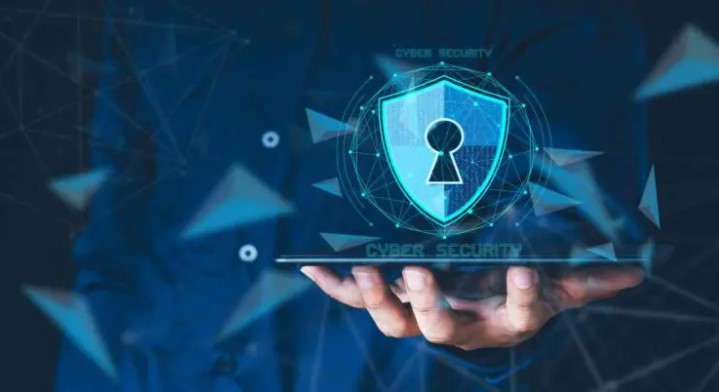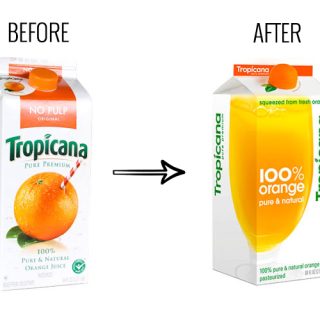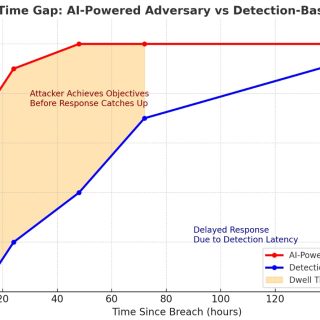
Managed Detection and Response (MDR) has become a go-to solution for businesses looking to enhance their cybersecurity defenses without building out a full, in-house security operations center. MDR providers offer monitoring, detection, and response services for cyber threats, promising rapid responses to potential incidents. However, there’s a significant flaw in many MDR offerings today that isn’t immediately obvious: most MDR providers don’t own the core technologies they use to protect endpoints.
Instead, they rely on third-party tools for critical functions like Next-Generation Antivirus (NGAV), Endpoint Detection and Response (EDR), Security Information and Event Management (SIEM), and IT Service Management (ITSM). While this may seem like a minor detail, it has far-reaching consequences for the quality and efficiency of the service that clients receive. Let’s take a closer look at why endpoint tech stack ownership matters—and how it impacts the security and functionality of MDR.
The Cost of Outsourcing Endpoint Technology
For most MDR providers, using third-party solutions for core endpoint technologies like NGAV, EDR, SIEM, and ITSM may appear to be a practical choice. After all, these are specialized tools that are often well-regarded and widely used. But here’s the catch: relying on third-party tools creates several issues that ultimately compromise the quality of the MDR service. Here’s why:
1. Lack of Code-Level Control
When MDR providers use third-party tools, they don’t have access to the source code or core functionality of those tools. This lack of code-level control means they can’t fully customize the technologies to fit their clients’ unique needs, environments, or specific threat landscapes. Instead, they’re restricted by the features, limitations, and update schedules dictated by the external vendors.
Without the ability to modify or tailor the endpoint stack directly, MDR providers end up with “one-size-fits-all” solutions that often result in slower detection times, less effective threat containment, and limited adaptability to new or unique cyber threats. In a field where rapid response is essential, these limitations can be detrimental.
2. Slower Innovation and Development
Outsourcing endpoint technologies means MDR providers are entirely dependent on third-party vendors for updates, patches, and new features. Cybersecurity is a constantly evolving field, with new threats emerging every day. However, MDR providers who rely on third-party solutions must wait for vendors to adapt to new vulnerabilities, leaving them one step behind attackers.
This lack of agility means that MDR providers are frequently reacting to threats rather than proactively enhancing their defenses. This slower innovation pipeline can leave clients vulnerable in the critical time between when a threat is discovered and when a third-party solution is updated to address it.
3. Compromised Integration and Efficiency
When MDR providers rely on multiple third-party tools, integrating these technologies seamlessly becomes a challenge. Most cybersecurity tools are not designed to work harmoniously with competing or even complementary products. As a result, MDR providers must invest additional time and resources to manually integrate various solutions, leading to potential compatibility issues and inefficiencies.
Even with these efforts, third-party integrations are rarely as effective or robust as an in-house solution. When NGAV, EDR, SIEM, and ITSM are built separately and later forced to work together, it often results in data exchange lags, workflow bottlenecks, and added complexity in troubleshooting—problems that ultimately diminish the effectiveness of the service.
Why Owning the Endpoint Tech Stack Is a Game-Changer
Now, let’s consider the MDR providers who do own their technology stack, covering NGAV, EDR, SIEM, and ITSM. These providers offer a level of control, customization, and efficiency that simply isn’t possible with a third-party-dependent setup. Here’s how having direct control over these endpoint technologies changes the game:
1. End-to-End Control
When MDR providers develop their own technology stack, they have complete control over every component. This means they can implement fine-tuned security measures that fit the specific environment and requirements of each client, rather than settling for general-purpose solutions. For example, they can set customized detection thresholds, adjust response workflows, and even develop client-specific protections. This level of control ensures faster response times and more effective threat mitigation, as well as greater flexibility in managing client endpoints.
2. Faster Detection and Response
MDR providers who own their endpoint stack aren’t reliant on third-party patches or updates, meaning they can quickly adapt their technology to address emerging threats. When a vulnerability or attack vector is identified, they can respond instantly—modifying, patching, and deploying fixes in real-time. This rapid adaptability is crucial in today’s cyber landscape, where the time between detection and response can mean the difference between containment and a full-blown security breach.
3. Seamless Integration and Customization
An in-house technology stack allows MDR providers to build NGAV, EDR, SIEM, and ITSM as a unified system. With components architected to work together from the ground up, these providers can ensure that their endpoint stack operates seamlessly, without data exchange issues or workflow interruptions. Integration between tools is smooth, reliable, and efficient—something that’s nearly impossible to achieve with a patchwork of third-party solutions.
Moreover, an in-house tech stack can be tailored to meet each client’s unique needs, making it possible to deliver a level of customization and efficiency that a third-party-dependent MDR provider simply can’t match.
4. Higher Levels of Accountability
MDR providers who own their endpoint tech stack are fully accountable for the service they deliver. There’s no finger-pointing when an issue arises, no waiting on third-party vendors for patches, and no passing the blame for security shortcomings. By taking responsibility for every aspect of the service—down to the code level—these providers can deliver more reliable protection, more responsive support, and more meaningful innovation. When MDR providers own their stack, they’re not just managing security; they’re actively shaping it.
Key Endpoint Technologies to Look For
If you’re evaluating MDR providers, it’s essential to understand the specific endpoint technologies they should ideally own. Here’s a quick rundown of the core components to look for:
- Next-Generation Antivirus (NGAV) – More advanced than traditional antivirus, NGAV uses machine learning, behavioral analysis, and other techniques to detect and prevent sophisticated threats, such as fileless attacks and ransomware.
- Endpoint Detection and Response (EDR) – EDR tools continuously monitor endpoints for signs of suspicious activity, helping MDR providers detect, investigate, and respond to threats in real time.
- Security Information and Event Management (SIEM) – SIEM systems collect and analyze data from across the network, identifying patterns, correlations, and anomalies that may indicate a security incident. SIEM provides the broader view that’s essential for a complete security posture.
- IT Service Management (ITSM) – ITSM tools are vital for managing and streamlining the delivery of security responses, including incident management, alert prioritization, and workflow automation.
How to Choose an MDR Provider with the Right Endpoint Stack
When choosing an MDR provider, here are a few key questions to ask to determine whether they own their endpoint technology stack—or whether they’re dependent on third-party tools:
- Ownership of Key Technologies: Does the provider own their NGAV, EDR, SIEM, and ITSM solutions? Owning these technologies means they have full control over their source code, enabling them to make real-time adjustments and innovations tailored to your security needs.
- Customization Capabilities: How adaptable are their tools to your specific environment? Providers who own their tech stack can customize every aspect, from detection thresholds to response protocols, to fit your unique requirements.
- Seamless Integration and Efficiency: Are their tools designed to work together seamlessly? Providers with in-house technologies can ensure smooth integration between components, minimizing compatibility issues and maximizing efficiency.
- Responsiveness and Accountability: How quickly can they adapt to new threats? Without reliance on third-party updates, providers who own their stack can rapidly deploy security patches and innovations, ensuring the highest level of protection for your environment.
Final Recommendation
Choosing an MDR provider who owns their NGAV, EDR, SIEM, and ITSM technologies offers clear advantages in security, responsiveness, and efficiency. Providers who control their endpoint tech stack are better equipped to protect against evolving cyber threats, deliver customized solutions, and integrate seamlessly for smooth, effective operations.
In today’s cybersecurity landscape, selecting an MDR provider with an in-house endpoint stack is essential for any business seeking high-quality, proactive security. With full ownership over their tools, these providers can deliver on the promise of MDR—keeping your business safe with the speed, precision, and accountability you deserve.



